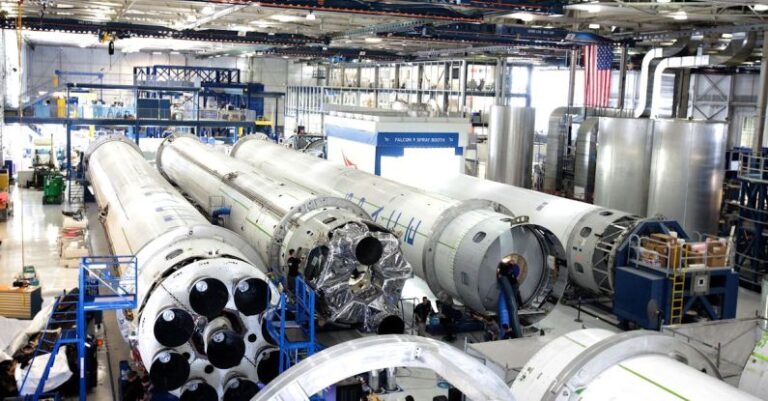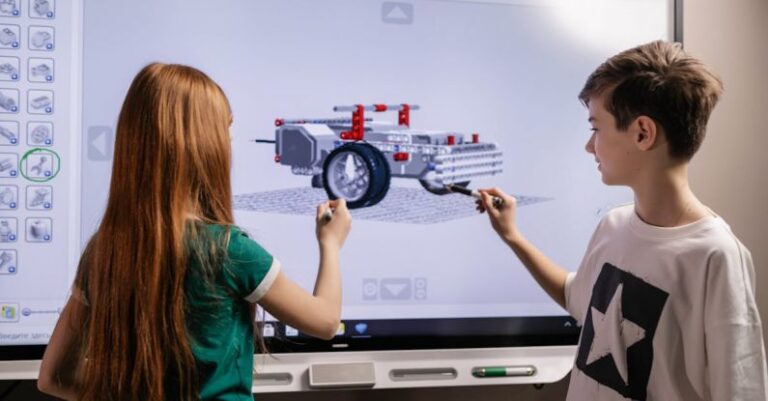
As technology continues to advance at a rapid pace, the fields of synthetic biology and robotics have emerged as key players in shaping the future of innovation. Synthetic biology involves the design and construction of biological devices and systems for various applications, while robotics focuses on the development of machines that can perform tasks autonomously. The question arises: Can these two cutting-edge fields be integrated to create even more sophisticated and efficient solutions?
Advancements in Synthetic Biology:
Synthetic biology has made significant strides in recent years, allowing scientists to engineer biological systems with precision and control. By manipulating DNA sequences and genetic pathways, researchers can create custom-designed organisms that exhibit specific traits or behaviors. This capability has paved the way for the development of novel biofuels, pharmaceuticals, and agricultural products, among other applications.
Integrating Synthetic Biology with Robotics:
One potential area where synthetic biology can be integrated with robotics is in the creation of biohybrid robots. These robots combine biological components, such as living cells or tissues, with artificial materials to achieve functionalities that are not possible with conventional robotics alone. By harnessing the unique properties of living organisms, biohybrid robots could exhibit enhanced adaptability, self-healing capabilities, and environmental responsiveness.
Biohybrid robots have already shown promise in various applications, such as environmental monitoring, healthcare, and search and rescue missions. For example, researchers have developed soft robots that are powered by muscle cells, allowing them to move and respond to stimuli in a lifelike manner. These biohybrid robots could potentially be used in medical procedures or hazardous environments where traditional robots may struggle to navigate.
Challenges and Considerations:
While the integration of synthetic biology with robotics holds great potential, several challenges need to be addressed to realize its full benefits. One major concern is the ethical implications of creating biohybrid robots that blur the line between living organisms and machines. Questions around the rights and treatment of biohybrid entities will need to be carefully considered to ensure responsible and ethical use of this technology.
Another challenge is the complexity of designing and controlling biohybrid systems. Living organisms are inherently dynamic and unpredictable, which can pose challenges in maintaining the stability and functionality of biohybrid robots over time. Researchers will need to develop innovative strategies for interfacing biological components with robotic systems to ensure reliable performance in real-world applications.
Future Directions:
Despite the challenges, the integration of synthetic biology with robotics offers exciting possibilities for creating next-generation technologies that are more adaptive, intelligent, and sustainable. By leveraging the complementary strengths of both fields, researchers can push the boundaries of what is possible and develop innovative solutions to complex problems.
As technology continues to evolve, the collaboration between synthetic biologists and roboticists will be essential in driving forward progress in fields such as healthcare, environmental monitoring, and exploration. By combining the power of biology with the precision of robotics, we can unlock new opportunities for innovation and create a future where biohybrid technologies play a central role in shaping our world.





